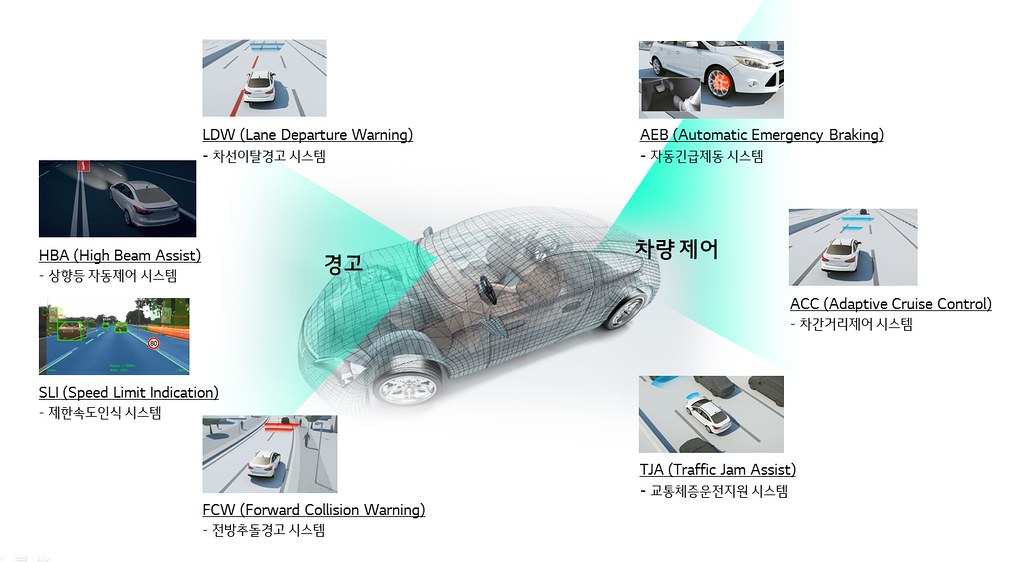
ADAS technologies have had a profound impact on road safety, significantly reducing accidents and fatalities. Studies have shown that features like Automatic Emergency Braking (AEB) and Blind Spot Detection (BSD) have notably decreased collision rates.
Consumer Education and Awareness
Educating consumers about the benefits and operation of ADAS is critical to its wider acceptance. Awareness campaigns, hands-on demonstrations, and the use of digital platforms to disseminate information can help demystify ADAS for the general public.
What are the key components of ADAS?
Why is ADAS not more widely available in budget vehicles?
How can governments encourage the adoption of ADAS?
What role does AI play in the future of ADAS?
Can ADAS technologies reduce the number of road accidents?
How can consumers learn more about the benefits of ADAS?
Understanding ADAS Technology
ADAS technology encompasses a wide range of systems designed to enhance vehicle safety and driver convenience. These include adaptive cruise control, lane keeping assistance, and automatic emergency braking, among others. Each system depends on accurate data from sensors to operate effectively. When these sensors malfunction, they can compromise the system’s functionality, leading to decreased safety and performance.
ADAS, in its nascent stages, began with fundamental features aimed at improving driver safety and vehicle operation. These included systems like Anti-lock Braking Systems (ABS) and Electronic Stability Control (ESC), which laid the groundwork for more sophisticated ADAS technologies.
Despite the advancements, ADAS still faces challenges such as sensor limitations, environmental factors, and the need for standardized regulations to ensure safety and compatibility across different vehicle brands.
Immediate Steps to Take
Safety Measures
The first step is to ensure your safety and that of other road users. This may involve pulling over to a safe location and turning off the vehicle to prevent any
Portable Adas-related mishaps.
As we move towards full autonomy, ethical considerations become increasingly important. Decisions made by autonomous systems in critical situations raise questions about programming ethics and liability in the event of accidents.
Diagnosing ADAS Sensor Issues
Professional Diagnosis
While some diagnostic checks can be performed independently, a professional diagnosis is often necessary. Automotive technicians with expertise in ADAS can provide a more thorough examination and pinpoint the exact cause of the malfunction.
In conclusion, ADAS has had a positive impact on road safety, as evidenced by statistical data and various case studies. However, the maximization of these benefits depends on proper usage, awareness, and ongoing technological enhancements.
Conclusion and Future Outlook
In conclusion, while heavy rain poses significant challenges to the sensors in ADAS, continuous advancements in technology are enhancing their resilience. Understanding these challenges, maintaining the systems properly, and being aware of their limitations are key for drivers. As technology progresses, we can expect more robust ADAS capable of handling a variety of adverse weather conditions, ultimately leading to safer and more reliable driving experiences.
Connectivity has played a crucial role in the evolution of ADAS. With the advent of V2X (Vehicle-to-Everything) communication, ADAS systems can now receive information from other vehicles, infrastructure, and even pedestrians, leading to enhanced situational awareness and safety.
As technology advanced, ADAS systems began to incorporate semi-autonomous features. Systems like Tesla’s Autopilot and GM’s Super Cruise allowed hands-free driving under certain conditions, marking a significant step towards full autonomy.
Legal and Safety Implications
Understanding the legal and safety implications of driving with malfunctioning ADAS sensors is crucial. In some jurisdictions, driving a vehicle with known safety system malfunctions can lead to legal consequences.
Introduction to ADAS and Weather Challenges
Advanced Driver-Assistance Systems (ADAS) have revolutionized the automotive industry, enhancing safety and comfort for drivers. However, adverse weather conditions, particularly heavy rain, pose significant challenges to these systems. This article aims to provide an in-depth analysis of how heavy rain affects the sensors in ADAS, exploring both the technical aspects and practical implications.

Introduction
Advanced Driver Assistance Systems (ADAS) have revolutionized the way we perceive vehicle safety and driving comfort. By integrating cutting-edge technologies, ADAS aims to enhance driving safety, reduce accidents, and make driving a more intuitive and less strenuous task. However, despite their potential to significantly improve road safety,
portable adas technologies remain out of reach for a significant portion of the consumer market due to various barriers. This article delves into the current challenges of ADAS accessibility and outlines strategies to make these systems more accessible to a wider range of consumers.